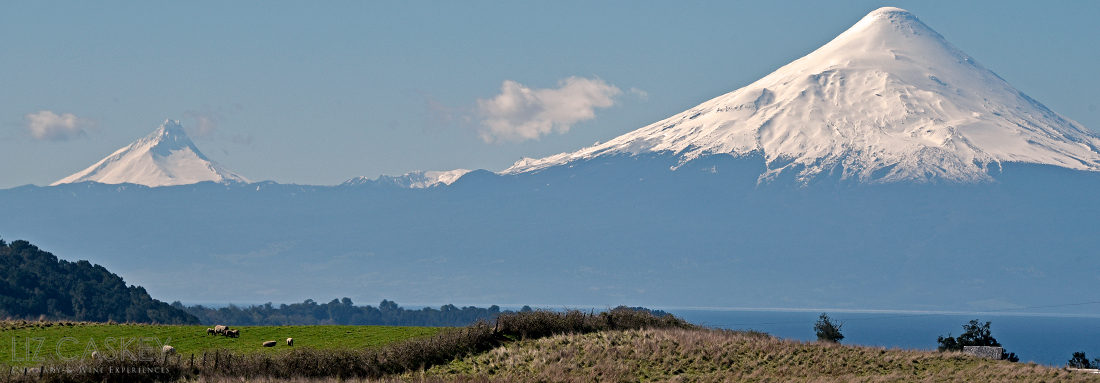Francis Mallmann. If you don’t know his name, take note. He’s South America’s most famous “celebrity chef” with restaurants in Mendoza, Buenos Aires, and outside José Ignacio in Uruguay. He’s well known yet low profile. A seemingly chilled out, laid back guy who prefers to be in the Argentine or Uruguayan countryside than amist all the fanfare. He may be a cooking icon in these latitudes but he’s not opening a restaurant on the strip in Vegas, nor in New York, nor anywhere in the US. Perhaps he shares more in common with kindred spirits in Texas who proclaim love and dedication to the sacred art of barbecuing. That’s right, he likes to play with fire – seven of them to be exact – as is portrayed in his book Seven Fires: Grilling the Argentine Way. Mallmann is truly the “man” when it comes to the art of cooking over fire.
Born in Patagonia and trained in France’s top restaurants, the fact that he abandoned the fine dining scene is a testament to his love for the elemental fire-driven cuisine that is such an integral part of Argentina’s food culture. His style is refreshingly simple. Stripped down. “Barbaric,” in his words and ultimately driven by the top-notch, whole food ingredients we are so blessed to have in this corner of the world: grass fed meat & game, trout from Patagonian streams, calamari and brotola (a white fish similar to grouper in Uruguay), along with ethereal seasonal produce. While flavor influences may nod to the European ancestry from Spain and Italy, his attempt to achieve the pinnacle of flavors through the use of fire, whether the massive heat of a bonfire, the slow steady warmth of dying embers, cooking in a mud oven, over a spit, in a disc or cast iron skillet, to name a few, pay homage and keep alive the ancient traditions in the region.
Mallmann’s world is one to you have to experience first hand to truly understand. For those of you in the US, if you cannot jump on a plane to Argentina or Uruguay in the near future, I suggest getting his book and finding an afternoon to pop open a Torrontes or Malbec and read it. Its photography is as compelling as the writing and recipes. While some of the outdoor cooking ideas are projects that you may logistically not want to undertake (barbecuing half a cow? Hmm…), you can take away inspiration, ideas, and a kinship towards charcoal grilling and the social unity around grilled meat that is so embedded in South American culture. It’s the social ritual around the preparation, not just blazing something out back on a gas grill for dinner.
Try some of the signature Mallmann dishes like Whole Boneless Ribeye with Chimichuri; Salt-Crusted Striped Bass; Whole Roasted Andean Pumpkin with Mint and Goat Cheese Salad; Killer tapenade and chimichurri recipes; and desserts such as Dulce de Leche Pancakes.
Want to come experience Mallman first hand? We dine in his flagship restaurant on many of our journeys in Mendoza. We also visit Garzón, Mallman’s gourmet outpost 30 minutes from the chic beach resort of José Ignacio east of Punta del Este in Uruguay. More than a restaurant, his style of cooking is evocative of a lifestyle; a way of being. That’s right, grilling the Argentine way.
Join us on the Age of Argentina where we’ll be dining one evening in Francis Mallman’s flagship restaurant in Mendoza, 1884 in the historic Escorihuela winery.
















